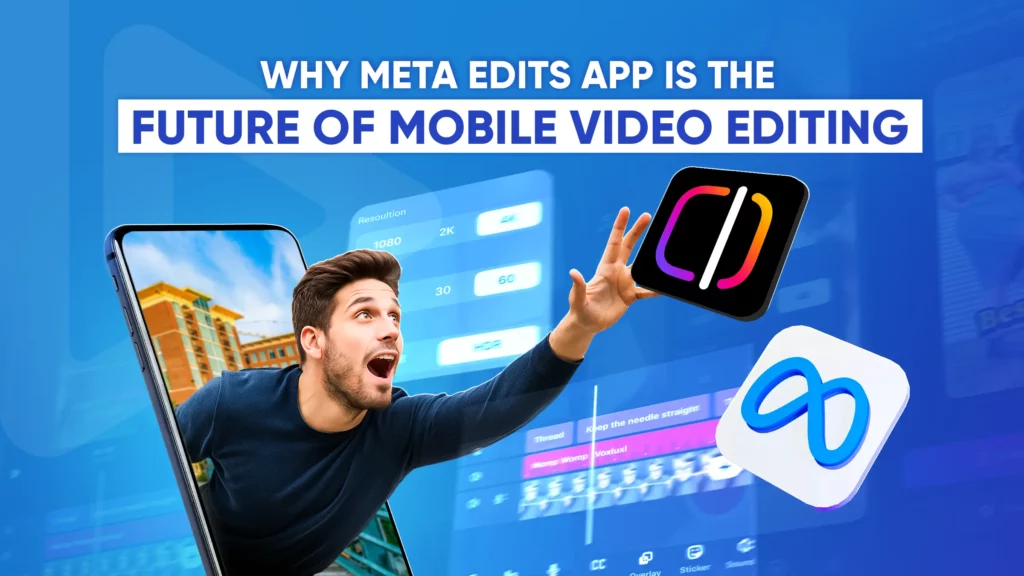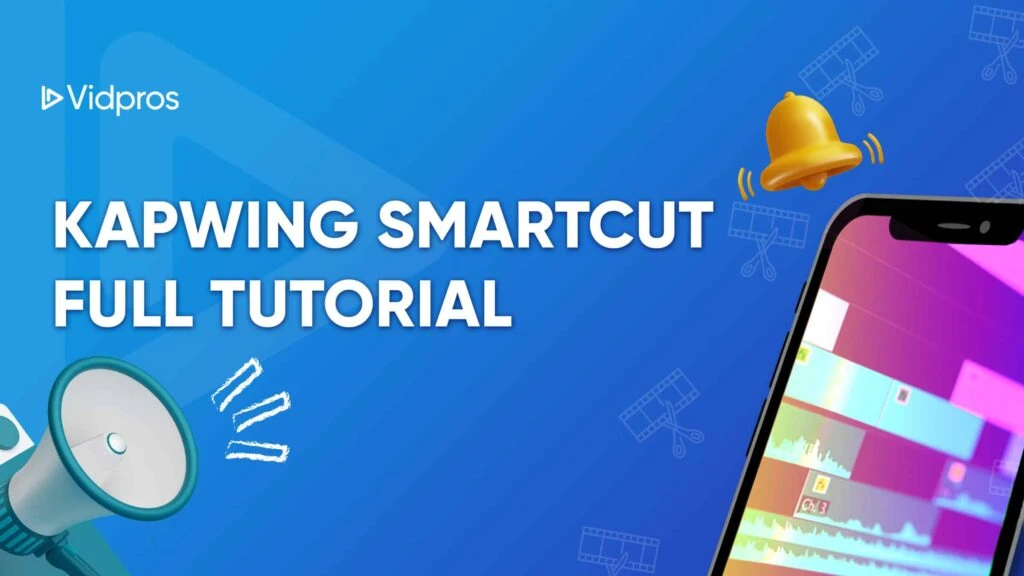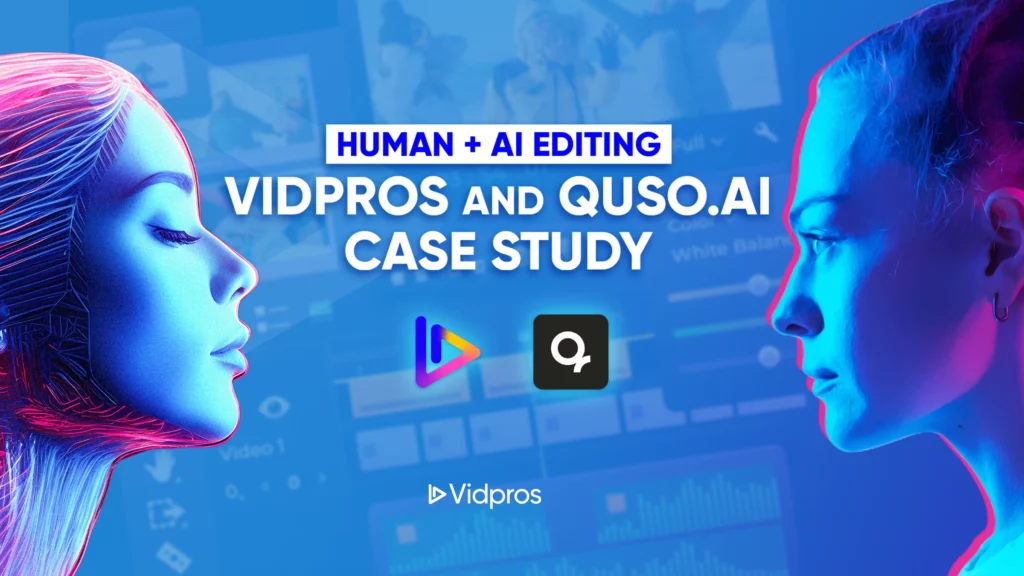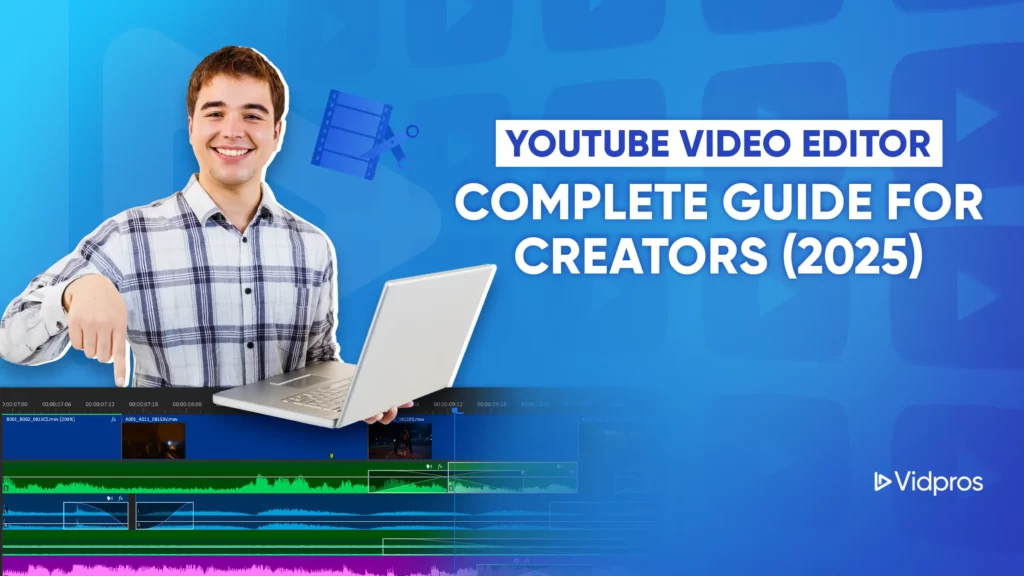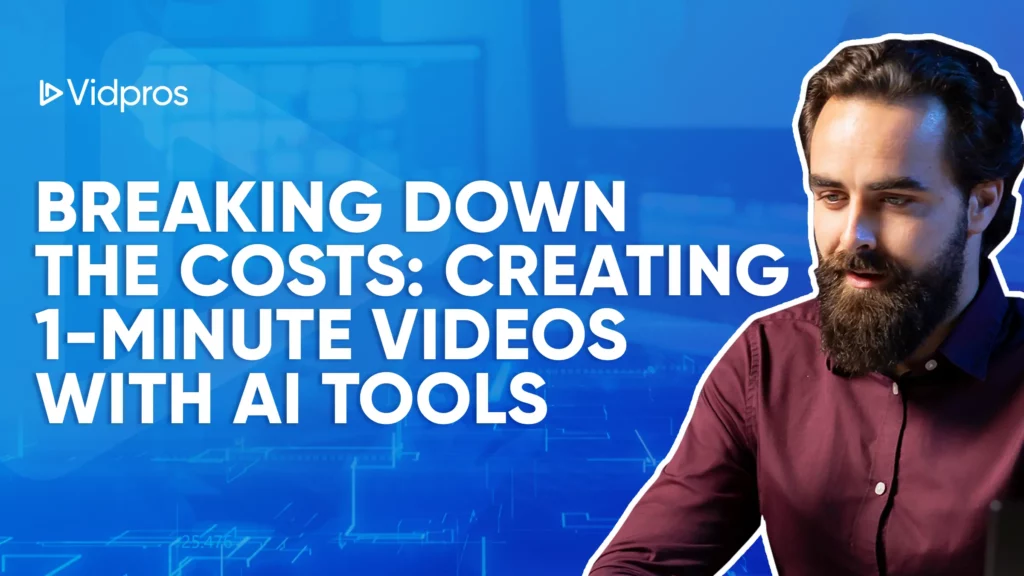In recent years, advances in artificial intelligence (AI) technology have led to the development of powerful tools that can convert text into video content with ease. This has opened up a whole new world of possibilities for content creators, marketers, and businesses looking to engage their audiences in innovative ways.
In this article, we’ll explore the process of creating videos from text using AI and highlight some of the best tools available on the market today.
What You Need

Written Content
To make a video from text, you’ll need written content to serve as the basis for your video. This could be a blog post, article, or any other written content that you want to turn into a video. Make sure that your written content is well-written and engaging, as this will form the foundation of your video.
AI Video Creation Software
Next, you’ll need AI video creation software. There are many different software programs available that can help you to create videos from text with AI, such as Lumen5, Wibbitz, Animoto, Vidnami, and others. Each software program has its own set of features and capabilities, so it’s important to choose the one that best meets your needs and goals.
Images and Videos
To make your video more engaging, you’ll need images and videos to supplement your written content. Most AI video creation software comes with a large library of stock photos and videos that you can use in your video. Alternatively, you can also create your own images and videos to use in your video.
Voiceover or Text-to-Speech
To add narration to your video, you’ll need voiceover or text-to-speech (TTS) software. Many AI video creation software programs come with built-in TTS software that can convert your written content into a computer-generated voice. Alternatively, you can record your own voiceover using a microphone and editing software.
Editing Software
After you’ve created your video, you’ll need editing software to fine-tune and perfect your video. Most AI video creation software programs come with built-in editing tools that allow you to trim or rearrange your content as necessary. However, if you need more advanced editing capabilities, you may want to consider using a dedicated video editing software program.
Patience and Creativity
Finally, you’ll need patience and creativity to create a high-quality video from text with AI. While AI video creation software can help you to automate many aspects of the video creation process, it’s still important to put in the time and effort to create a video that engages and informs your audience. Be creative with your visuals and narration, and take the time to edit and refine your video until it’s the best it can be.
How To Make Videos From Text With AI

Step 1: Creating a Script
The first step in creating a video from text is to develop a script. This can be done manually or with the help of AI tools designed to generate scripts from existing content.
If you’re creating a script manually, start by outlining the key points you want to cover in your video. Consider the purpose of the video and the audience you’re targeting. Keep your script concise and engaging, with a clear beginning, middle, and end.
If you’re using an AI tool to generate a script, you’ll need to provide the tool with some initial input, such as a blog post, article, or other written content. The tool will then analyze the input and generate a script based on the key themes and ideas it identifies.
Step 2: Adding Visuals
Once you have your script, it’s time to start adding visuals. This can include images, video clips, animations, and other multimedia elements that help to bring your script to life.
There are many AI tools available that can help you to add visuals to your video automatically. For example, some tools use natural language processing (NLP) algorithms to analyze your script and suggest appropriate images or videos based on the content.
Other tools use machine learning algorithms to automatically generate animations or other visual elements based on the script. These tools can save you time and effort, as you don’t need to create all of the visuals from scratch.
Step 3: Adding Voiceovers or Text-to-Speech
With your visuals in place, it’s time to add a voiceover or text-to-speech (TTS) to your video. A voiceover is a narration that provides additional context or information about the visuals on the screen. TTS is a computer-generated voice that reads the script aloud.
There are many TTS tools available that can automatically generate high-quality voiceovers from your script. These tools use advanced algorithms to analyze your script and generate a voiceover that matches the tone and style of your content.
Alternatively, you can record your own voiceover using a microphone and editing software. This can give your video a more personal touch and allow you to add inflection and emphasis where necessary.
Step 4: Editing and Publishing
Once you have all of the elements of your video in place, it’s time to edit and publish your content. This involves putting all of the pieces together and ensuring that the video flows smoothly from beginning to end.
Most AI video tools have built-in editing features that allow you to trim or rearrange your content as necessary. You can also add music or sound effects to enhance the overall experience.
When you’re happy with your video, it’s time to publish it. You can upload your video to a variety of platforms, such as YouTube, Vimeo, or social media. Be sure to include relevant tags and descriptions to help people find your content.
Top 10 AI Software To Make Videos From Text With AI

As AI technology continues to advance, creating videos from text has become easier and more accessible than ever before. There are now many software programs available that can help you quickly and easily convert written content into engaging video content. In this article, we’ll explore the top 10 software programs for how to make videos from text with AI.
Lumen5: Lumen5 is a popular AI-powered video creation tool that allows users to create engaging videos from text content. Its AI technology analyses the text input and automatically creates an outline, selects appropriate images and music, and generates a professional-looking video.
Adobe Premiere Rush: Adobe Premiere Rush is a video editing software that uses AI to help users quickly create videos. It offers advanced features like auto-ducking and auto-reframing, which can help you save time and effort.
Animoto: Animoto is a video creation tool that uses AI to generate videos from text, photos, and music. It offers a user-friendly interface and customizable templates to help users create professional-looking videos.
Vidnami: Vidnami is an AI-powered video creation tool that uses natural language processing to convert text into engaging videos. It offers a range of templates and customization options to create videos quickly and easily.
Content Samurai: Content Samurai is another AI-powered video creation tool that allows users to create engaging videos from text content. It uses machine learning algorithms to analyze text and generate high-quality videos with ease.
Rocketium: Rocketium is a video creation tool that uses AI to help users create videos quickly and easily. It offers a range of customization options and templates to create professional-looking videos with ease.
InVideo: InVideo is a video creation tool that uses AI to help users create engaging videos from text, images, and videos. It offers a range of templates and customization options to help users create videos quickly and easily.
Wibbitz: Wibbitz is an AI-powered video creation platform that allows users to create professional-looking videos from text content. Its AI technology analyzes text and generates videos with high-quality images, music, and animations.
Kaltura: Kaltura is an AI-powered video platform that allows users to create, manage, and share videos. Its AI technology automates video creation by analyzing text and generating videos with high-quality images, music, and animations.
Renderforest: Renderforest is a cloud-based video creation platform that uses AI to generate videos from text and images. It offers a range of templates and customization options to help users create professional-looking videos with ease.
Choosing the Right Software for Your Needs
When choosing the right software for creating videos from text with AI, it’s important to consider your specific needs and goals. Some software programs may be better suited to beginners, while others may offer more advanced features for professionals.
It’s also important to consider factors such as pricing, customer support, and the size of the library of stock photos and videos available. Some software programs offer free trials or low-cost plans, which can be a good way to test out the software before committing to a subscription.
In conclusion, creating videos from text with AI is a powerful way to engage your audience and communicate your message. With the many AI video creation software programs available today, it’s easier than ever to create high-quality video content in minutes.
To make videos from text with AI, you’ll need written content, AI video creation software, images and videos, a voiceover or text-to-speech software, editing software, and patience and creativity. By using these tools and following the steps outlined in this article, you can create engaging and effective videos that captivate your audience and achieve your goals.
When choosing the right software for creating videos from text with AI, it’s important to consider your specific needs and goals. Some software programs may be better suited to beginners, while others may offer more advanced features for professionals.
Ultimately, the key to creating successful videos from text with AI is to be creative and put in the time and effort to create a video that engages and informs your audience. With the right tools and resources, you can create videos that effectively communicate your message and achieve your desired outcomes.


